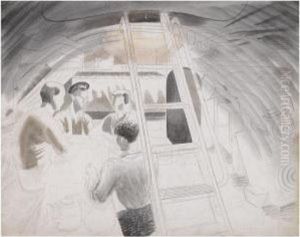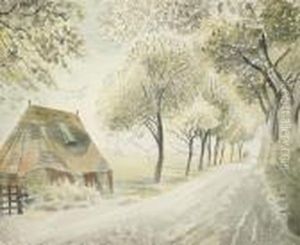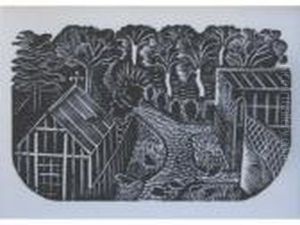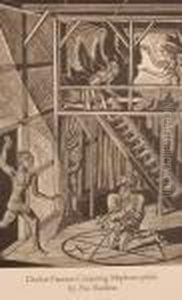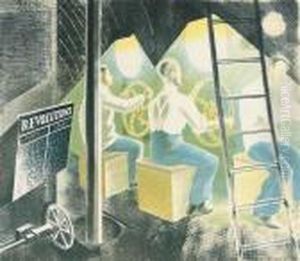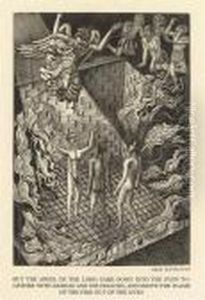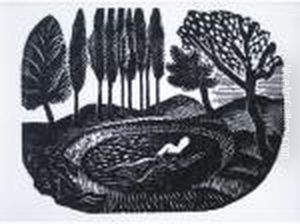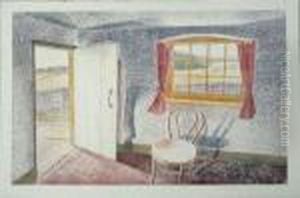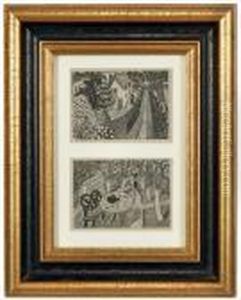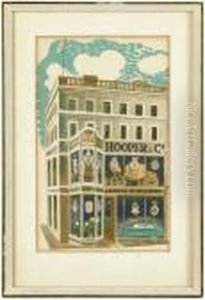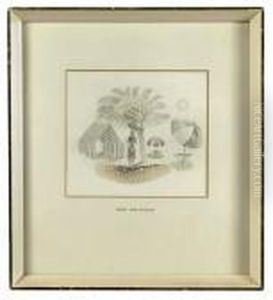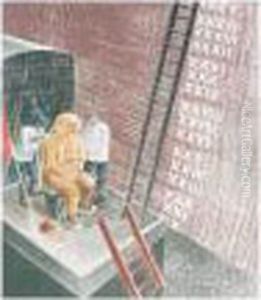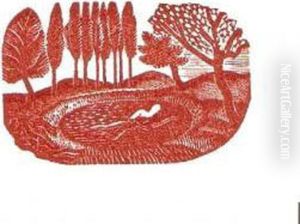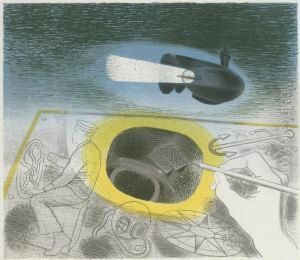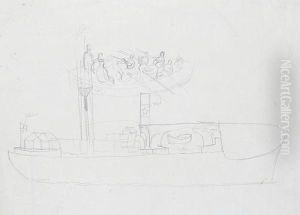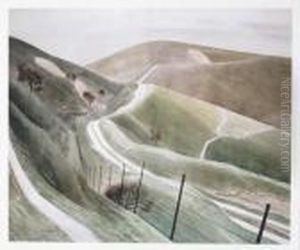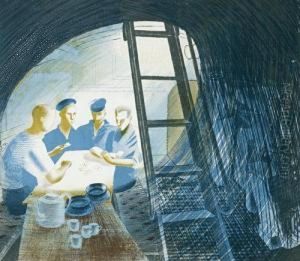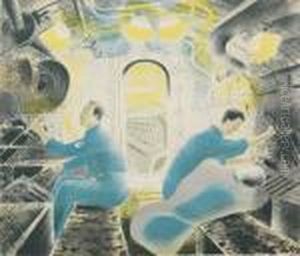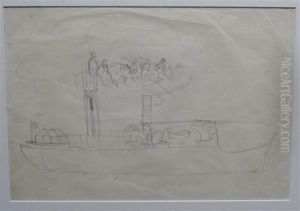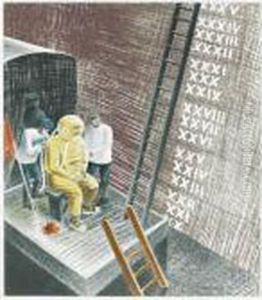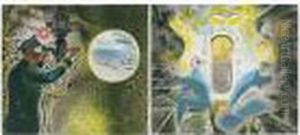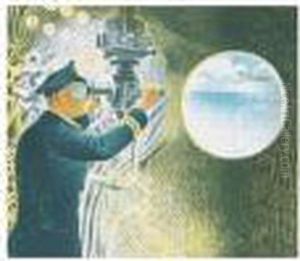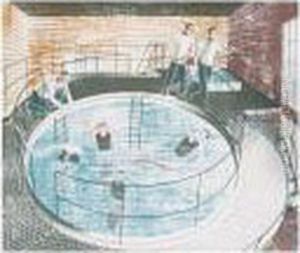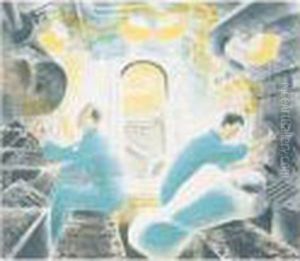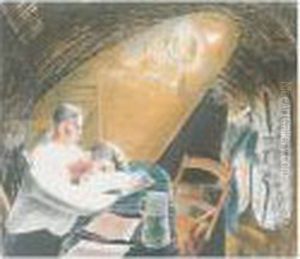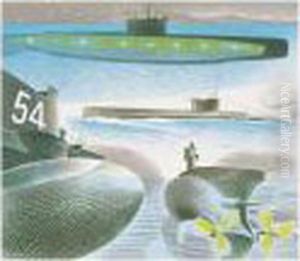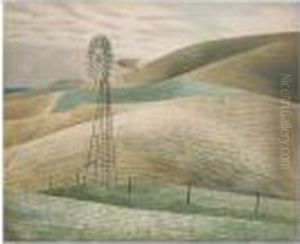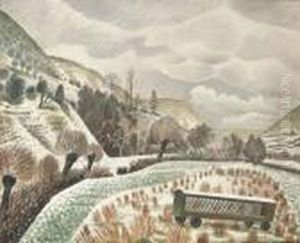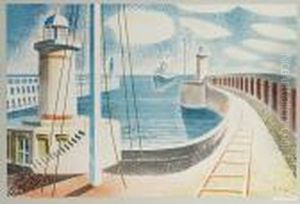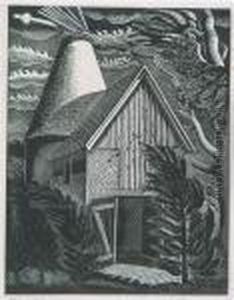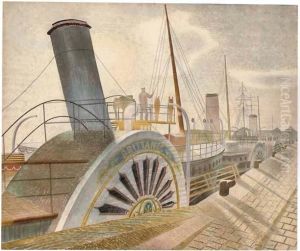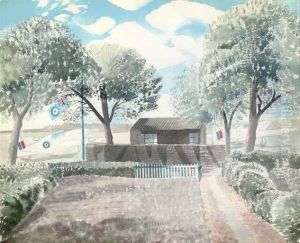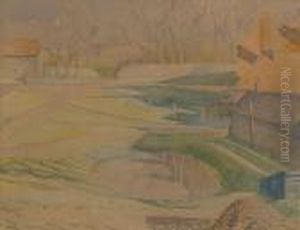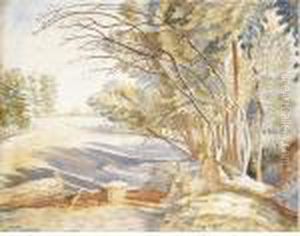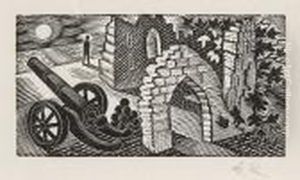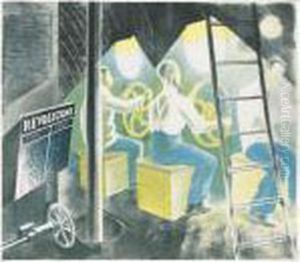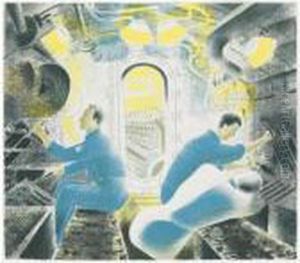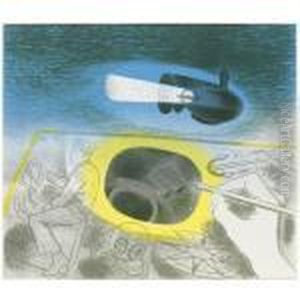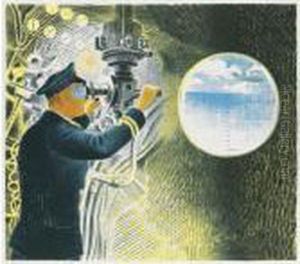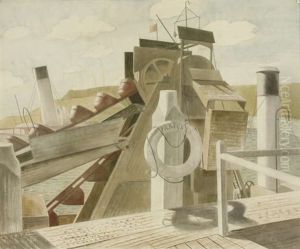Eric Ravilious Paintings
Eric William Ravilious was an English painter, designer, book illustrator, and wood engraver. He was born on July 22, 1903, in Acton, London, and grew up in Sussex, England. Ravilious studied at the Eastbourne School of Art and later at the Royal College of Art in London, where he developed his skills in wood engraving under the tutelage of Paul Nash, a prominent British surrealist painter and war artist.
Ravilious's early work was influenced by the English landscape and the works of artists from earlier generations. His style is often characterized by a unique blend of traditional English pastoral scenes with modernist elements, and his landscapes conveyed a serene, timeless quality. Ravilious was also known for his distinct use of watercolors, which he applied in a manner that gave his paintings a luminescent quality.
In addition to painting, Ravilious was a successful designer and illustrator. He worked for a number of commercial clients, producing designs for ceramics, glassware, and graphics. He was also involved in book illustration, creating woodcuts for presses such as the Golden Cockerel Press. Ravilious's work as an illustrator was notable for its fine detail and whimsical charm.
During World War II, Ravilious was appointed as an official war artist by the War Artists' Advisory Committee. His role was to document the war effort, which he did through a series of paintings and drawings that captured the British landscape during wartime, as well as scenes of military life. Tragically, his promising career was cut short when he died in a plane crash off the coast of Iceland on September 2, 1942, while serving as a war artist. He was on a mission to observe an air-sea rescue launch, but the aircraft he was in failed to return.
Despite his relatively short life, Eric Ravilious's contribution to British art in the early 20th century was significant. His work is celebrated for its technical skill, distinctive style, and evocative portrayal of Britain during a period of great change. His paintings and designs continue to be admired for their beauty and historical significance.
